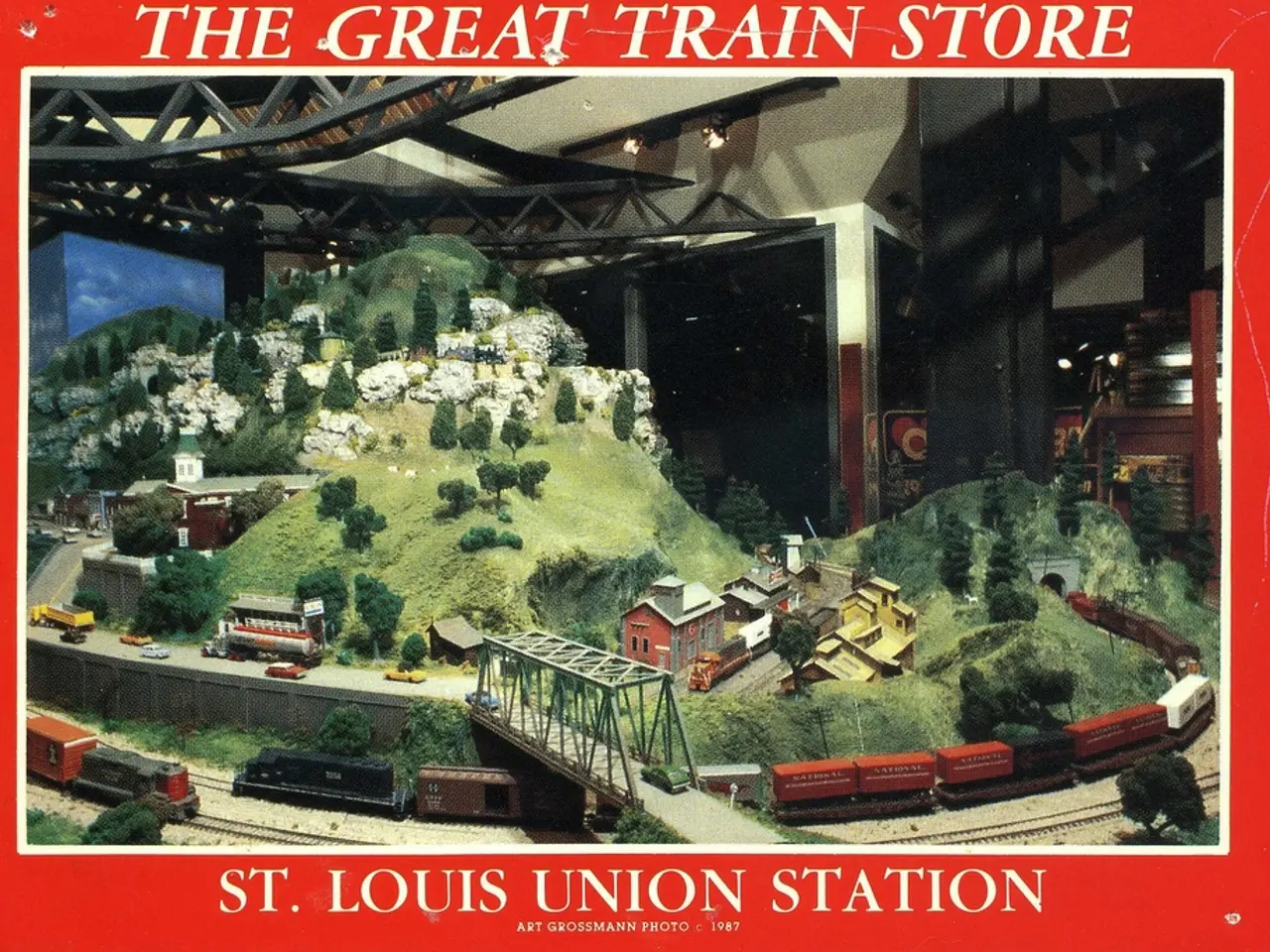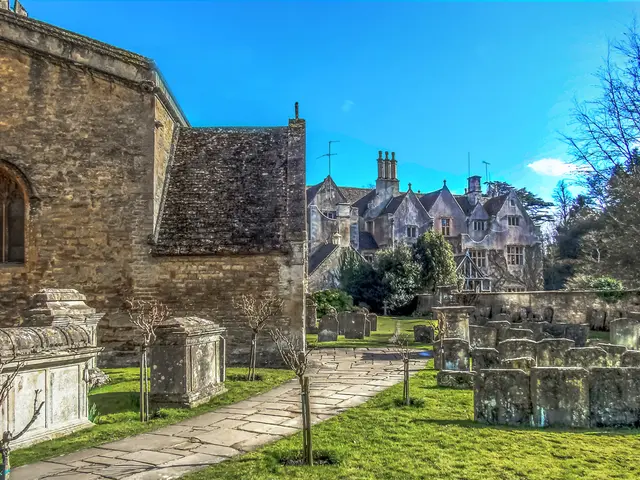Connecticut, according to the Regional Plan Association's recent report, lacks sufficient Transit-Oriented Communities (TOCs)
In a recent report titled "Homes on Track: Connecticut, Analysis of Existing Conditions for Transit-Oriented Communities in Connecticut", the Regional Plan Association (RPA) has highlighted the challenges faced by Connecticut in developing transit-oriented communities.
The president and CEO of the RPA, Tom Wright, has stated that local zoning restrictions and political obstacles have hindered efforts to provide the affordable housing needed in the state. The report suggests integrating residential, commercial, and recreational spaces around public transportation hubs to create sustainable and vibrant communities.
Transit-served areas in Connecticut play a significant role in providing access to the state's housing and labor markets. Connecticut's Transit Zone areas, which are within half a mile of a rail station or a quarter mile from a bus stop, represent only 9% of the state's land but concentrate almost half of the households and two-thirds of the jobs that drive the state's economy.
However, despite the advantages of transit-oriented communities, many communities in Connecticut face challenges in providing sufficient housing and coordinating it with public transportation. Approximately 182,700 out of 281,000 households earning between $71,800 and below the state's median income reside within the Transit Zone (CTZ), representing 65% of middle-income households. Virtually all of the state's households earning less than $50,000 reside within the CTZ, accounting for 98.8% in the very low income bracket.
The Capitol region has the largest share of bus stops in Connecticut, with approximately 4,730, which is nearly a third of the total in the state. The Lower Connecticut River Valley ranks third with 1,870 bus stops or 13% of the total. South Central Connecticut follows with 3,080 bus stops, accounting for 21% of the total number of stops.
The report also reveals that approximately 40,000 units (2.6% of the state total) are in a high-flood risk area and within the CTZ. However, most of the housing stock is not affected by high flood risk areas. Over 660,000 units (45% of Connecticut's housing stock) are located within the CTZ and in low-flood risk areas.
In areas close to transit, approximately 291,000 units (42% of the stock within the transit zone) are situated in areas that lack the density to support bus service. This is a concern as most of Connecticut's housing stock is located near a transit stop, but most of it lacks the necessary residential density and ridership to support transit service.
The report argues for a shift from auto-oriented modes of development to multifamily and compact types of development near public transit networks. This could help address the housing shortage and improve access to public transportation for many households in Connecticut.
Moreover, the report highlights that more than three-quarters of the state's Hispanic and Black populations reside within the CTZ, totaling approximately 817,000 residents. Almost half of Connecticut's statewide housing stock is located near a transit stop, but most of it lacks the necessary residential density and ridership to support transit service.
The RPA has emphasized the need for policymakers to address these challenges and work towards creating more transit-oriented communities in Connecticut. The report serves as a guide for policymakers, developers, and community leaders to develop strategies that can help create sustainable, affordable, and accessible housing near public transportation.
Read also:
- Shaping India's Economic Progression: Readying the Financial System for Tomorrow
- Two farmers in Zambia take legal action against two firms with Chinese connections, alleging an ecological disaster caused by their operations.
- Deepening EU-India relations despite apprehensions regarding Moscow connections
- Ongoing Transition Towards Cleanliness







